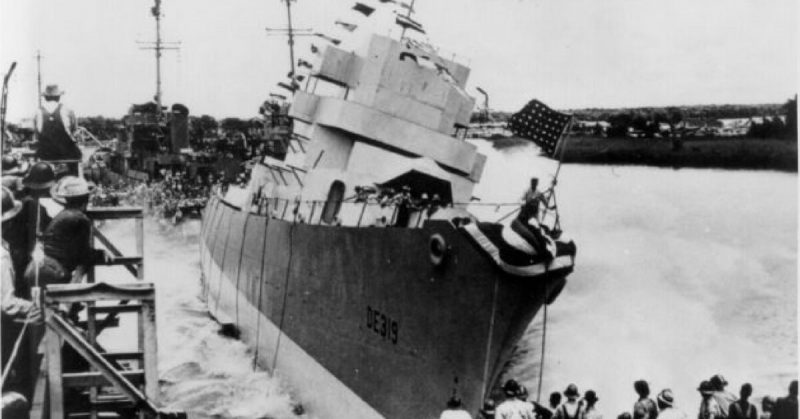Convoy escort during WWII could be both a terrifying or dull affair. Sailors spent hours peering into gray seas, searching for and dreading the prospect of locating a submarine. It would mean a break in the monotony, but it could just as well be certain death.
For the men of the USS Leopold, a Coast Guard-manned destroyer escort, it was terrifying.
The USS Leopold was launched in June 1943 after only three months in construction. By October she was commissioned with a crew of United States Coast Guardsmen, under the command of Lieutenant Commander Kenneth C. Phillips. Those men knew their jobs would be tough, although necessary.
From the commencement of hostilities, Germany’s submarine fleet had been harassing British shipping. Throughout the Atlantic, they were trying to strangle the nation into submission.
After the US entered the war in December 1941, merchant shipping increased significantly. While it meant there were many more targets available for German U-boats, it also brought the US Military into play. American ships helped protect convoys between the Allied nations. Their crews knew every shipment they brought safely into port meant one more day of survival for their allies.
On March 1, the Leopold left New York with convoy CU-16 containing tankers carrying fuel, oil, and gasoline to the British. Those supplies could keep planes in the air, trucks moving on land, and ships plowing the seas. Due to their importance to the war effort, the ships traveled faster than usual and were provided with a special escort. The
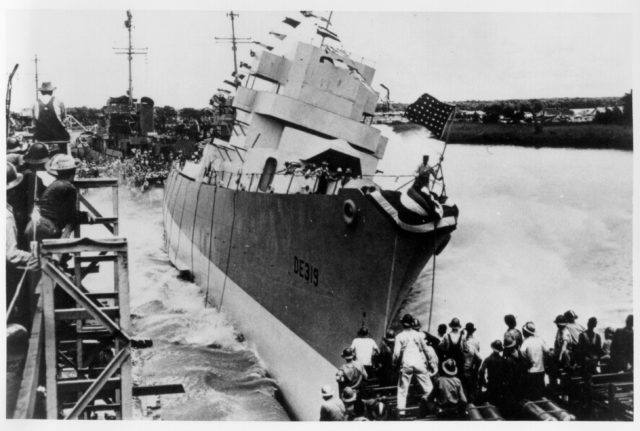
Due to their importance to the war effort, the ships traveled faster than usual and were provided with a special escort. The Leopold was part of Task Group 21.5; convoy escorts armed with radio frequency direction finders.
The 27 ships of CU-16 were steaming through the Atlantic, taking a northern route via Greenland to reach the English coast. It was typical North Atlantic winter weather full of icy rain and wind. The convoy knew every moment they spent in open water was another opportunity to be attacked.
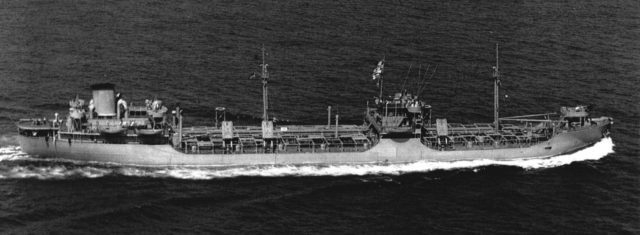
At 1950 on March 9, a spotter on the Leopold called out a radar contact. It was a constant signal, 8,000 yards off the convoy. The captain, Lieutenant Commander Kenneth C. Phillips, indicated to the rest of the convoy that it “looks like the real thing,” and immediately ordered general quarters. The crews on the convoy ships leaped into action. Guns were loaded, primed, and readied, and those with binoculars scanned the horizon for any sign of the submarine.
8,000 yards away, Oberleutnant zur See Helmuth Heinrich was perched over his periscope. He had just dived after charging his batteries for two hours. Seeing a series of shadows, Heinrich began plotting torpedo trajectories on the nearest vessel; a destroyer which had obviously spotted his U-boat.
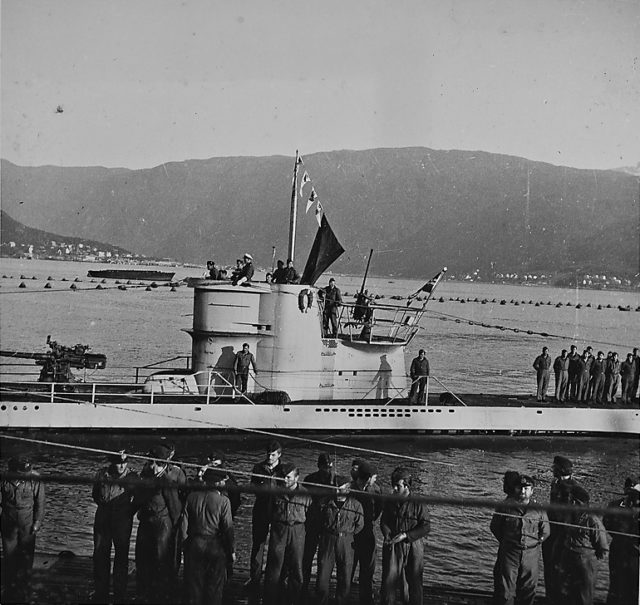
The Leopold fired star shells and detected the silhouette of U-255. Captain Phillips ordered bursts of 20mm cannon fire, as well as the main 3-inch guns but it was too late. The submarine had already gone just below the surface, and the gunners were firing blind. Spouts of water shot up, and the crew of U-255 felt their ship shake while the sea above them exploded.
Immediately upon locating the destroyer, U-255 fired a torpedo which silently sped just below the surface towards the unsuspecting Americans.
Suddenly the Leopold shuttered violently as the torpedo exploded amidships, an almost perfect hit. One gunner described being blown back nearly 12 feet. Once he had recovered, he rushed to his gun, desperately trying to fire it. However, the torpedo had destroyed the ship’s generator, and there was no power. The gun was out of commission.
Similar scenes occurred all over the Leopold, as men rushed about trying to find a way to fight back. The call went out to abandon ship.
The goal became survival. Life rafts were lowered, and men jumped over the side, then climbed aboard the rubber boats. In the cold North Atlantic, they huddled in the small craft. Many succumbed to hypothermia.
Some men were still on the Leopold and watched as the bow section of the ship broke free, and began sinking. The after half took on water even faster then, and her propellers raised clear of the sea. Cries for help and wails of pain echoed around the destroyed ship as men tried to survive the pandemonium.
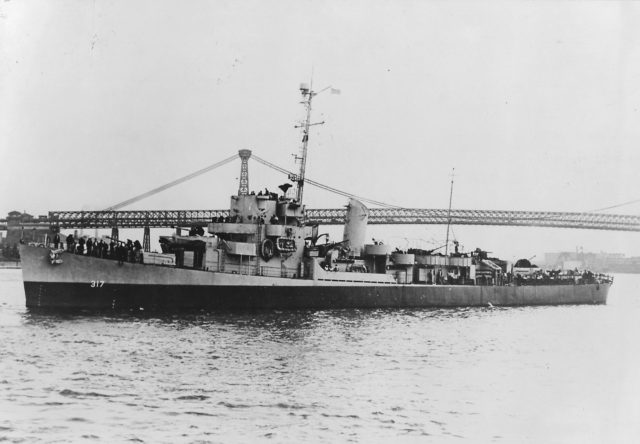
The USS Joyce, Leopold’s fellow escort, came to assist. She thought she too was under torpedo attack and left the scene. When she returned almost six hours later, she began picking up survivors from the lifeboats, but time and again found them to be almost full of dead men. On one such raft, 19 sailors had climbed on board after the order to abandon ship was given. Only four survived; the rest froze where they sat, victims of the North Atlantic.
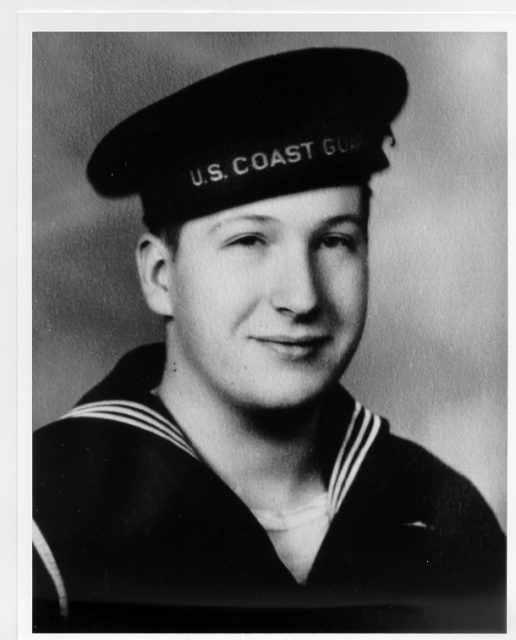
158 of the 186 men of Leopold’s enlisted crew perished, along with all her 13 officers. Their tragic deaths remind us of their sacrifice, and their lives must be remembered.
